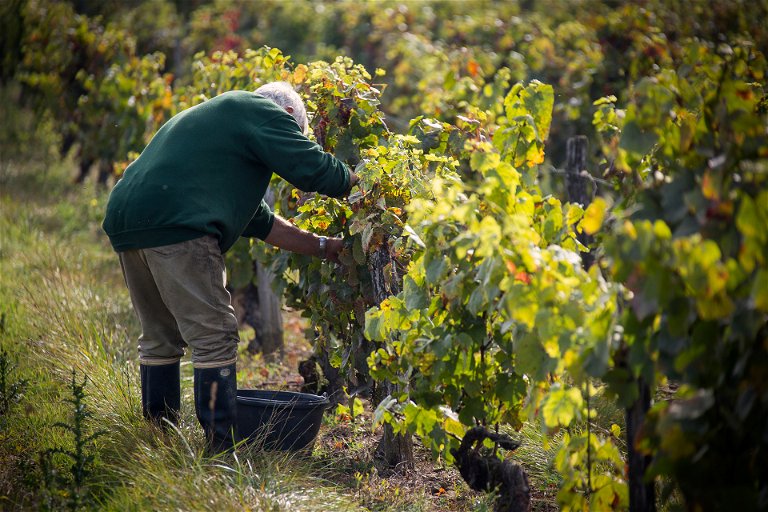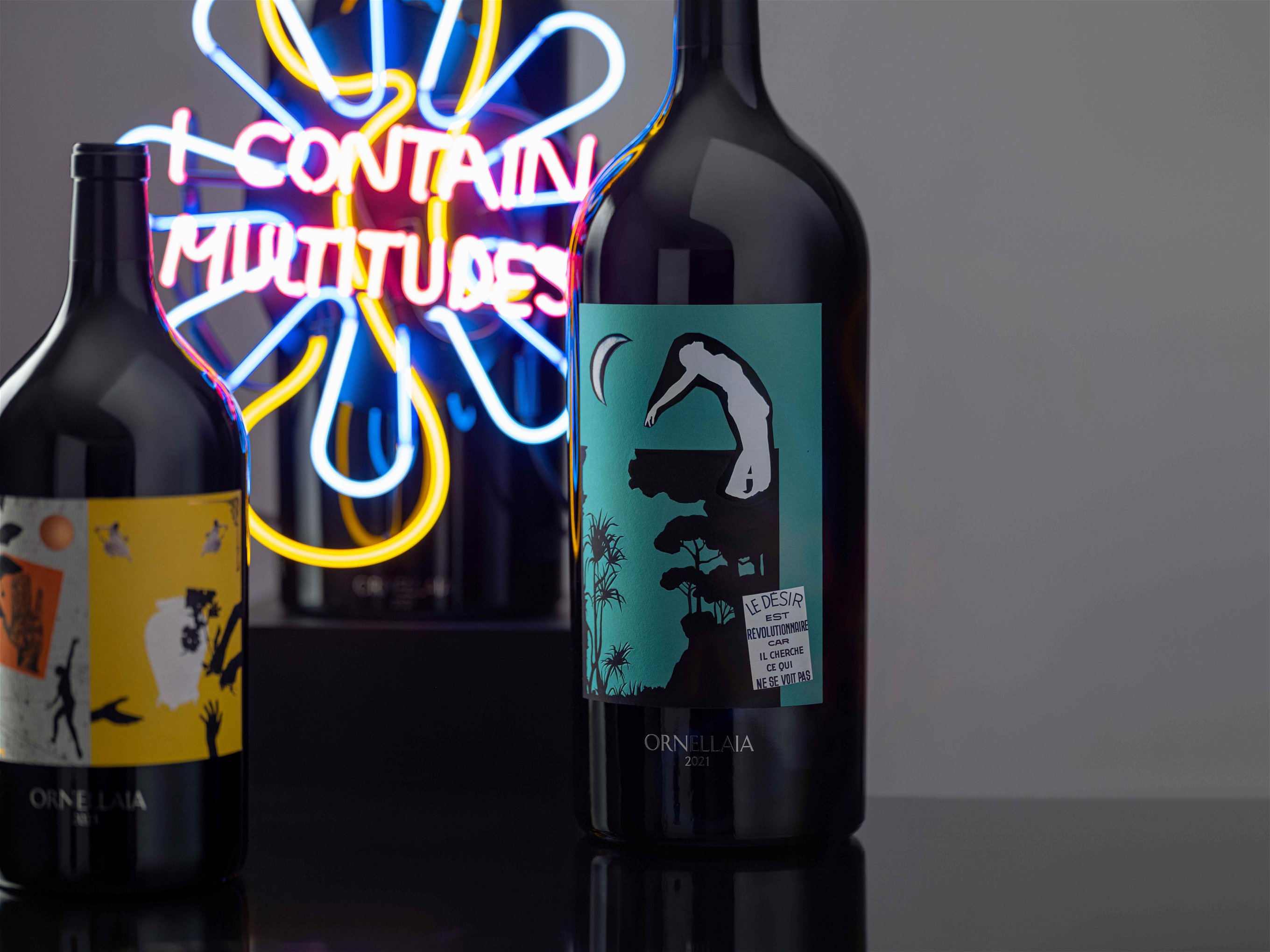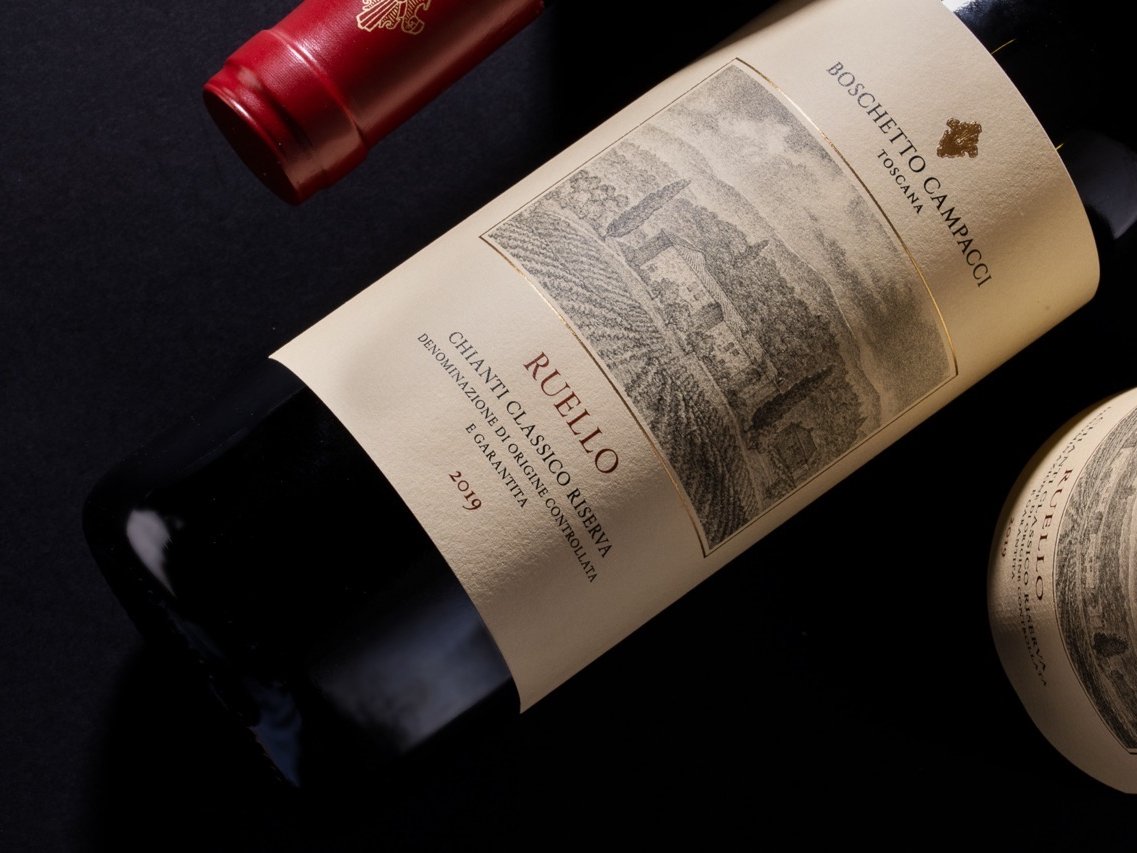Save the date: 17 November is Beaujolais Nouveau time again
It’s time to celebrate Le Nouveau once more. Falstaff explores the ongoing appeal of Beaujolais’ child prodigy.
As every self-respecting wine buff knows, the third Thursday in November is Beaujolais Nouveau Day – the day when the new year’s vintage, still in its infancy, is released to legions of serious fans and good-time gluggers around the globe. This year, it falls on 17 November.
Beaujolais Nouveau is one of only a small group of wines that French appellation laws allow to be released so soon after harvest. It’s by far the best-known and most widely exported of the lot. To say that this Vin de Primeur, or early wine, is young is something of an understatement – remember that the grapes were still hanging on the vine just a couple of months ago. Getting this lively youngster from vineyard to glass in such a short time is no mean feat: it's no wonder that the vignerons of Beaujolais are celebrating along with the rest of us.
Light and uniquely fruity
In a world of wine seemingly obsessed with long maturation and bottle ageing, it may seem perverse to celebrate such conspicuous youth. But that’s exactly what these wines are designed for: fresh, lively and fruity in style, they are made for the earliest of drinking. Whilst not confined to Beaujolais, distinctive wine-making techniques are typically used to create the signature verve of these young reds – carbonic and semi-carbonic maceration are the terms to drop into dinner conversation. Both are processes in which the initial fermentation takes place within the grape itself, at a cellular level.
The biochemistry of it all is fascinating, but most importantly for consumers, it creates a particularly soft and approachable fruitiness – think ripe but crisp red fruits, raspberry, redcurrant, and occasionally strawberry. The end result is an enticing, bejewelled glass, vivid in colour but without the accompanying tannins that would make such a young wine harsh. This way of making wine can also result in some unique flavours: a kirsch-like cherry piquancy, blueberry tones and, most famously/infamously of all, a distinct aroma of banana and candy. Beaujolais Nouveau rosé, a relatively recent innovation made from the same Gamay grape, has its own distinct palate: light red fruits certainly, but also pink grapefruit and floral notes. Both wines are delightful served lightly chilled: the maestros at Inter Beaujolais, the region’s wine council, recommend 11-12°C for reds and 8-10°C for the rosés.

Not all Nouveau is born equal
You’ll find both Beaujolais Nouveau AOC and Beaujolais Villages Nouveau AOC on labels, the latter indicating wines from the hillier north of the region. Here the grapes can reach higher levels of ripeness giving more concentration of flavour. Fine examples can be found in both appellations, but it’s well worth talking to your local wine supplier, particularly about smaller producers they would recommend. With such a short time between vine and bottle, these wines really wear the quality of handling and freshness of production on their sleeves. And it’s fair to say that at the lower end of the quality scale, wines can display a rather dismal, generic fruit mélange – a lack of individuality not helped by occasionally overzealous stabilisation prior to bottling.
The region’s big players produce consistently good wines though with a truly global reach: significant new markets opened up in the USA, UK and especially Japan in the 1980s. Georges Dubeouf is a prime example. Founded in 1964, the company works with over 300 local winegrowers and cooperatives and now exports world-wide. Each year it collaborates with artists to produce stunning posters celebrating the new arrival. In addition, their beautifully designed Nouveau wine labels have become something of a collector’s item.

Bring on the fêtes
Many retailers, as well as wine bars and restaurants, host events and tastings to celebrate the season. Enfant terrible of the London wine scene, Noble Rot hosts an annual Rotters' Fête du Beaujolais for example; over at the Galvin Bistrot & Bar, little sister of Michelin-starred Galvin La Chapelle, there’s even a special Beaujolais breakfast for those who simply can’t wait. If you can make it over to France, expect full-on festival mode. The local wine council even has a handy interactive map. Unsurprisingly, festivities centre on the Beaujolais region itself: perhaps the most famous, Les Sarmentelles de Beaujeu, takes place over five days with tastings, markets, live music and dinners galore. The gastronomes of close neighbour Lyon and, of course, Paris, to where bottles have been raced since the ‘50s, are known to host the odd celebration too…
Further afield, pictures of Japanese revellers bathing in the young wine at Yunessun spa reflect the country’s love of all things Nouveau. Despite a decline in imports over recent years, Japan is still the number one importer of the wine globally. With freight costs skyrocketing, however, steep price rises are predicted this year. It’s also been a bit of a bumpy ride in the United States, the second-biggest export market: wine tariffs and changing consumer palates have seen the whole region’s imports suffer over the last few years.
Nevertheless, despite the vagaries of fashion and market trends, Le Nouveau continues to delight with its frivolity. Yes, these wines won’t reach the sophistication of a Beaujolais Cru or even the more nuanced affability of grown-up Beaujolais wines. But they are not designed to. Instead, they capture a moment of harvest-time largesse in a bottle - a liquid giddiness to toast the changing of the seasons. Bring on the fêtes, we say; savour the final breath of summer before the serious task of Christmas feasting begins.













